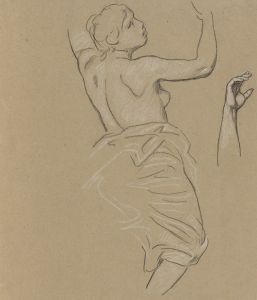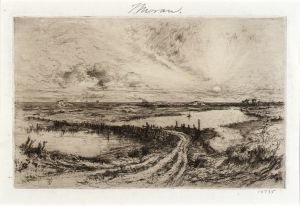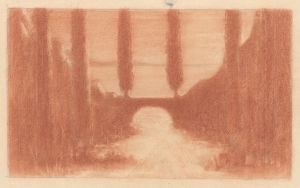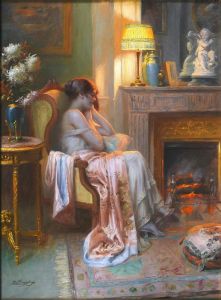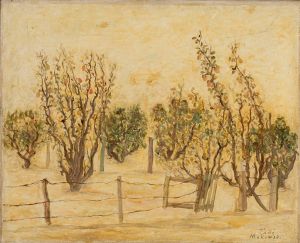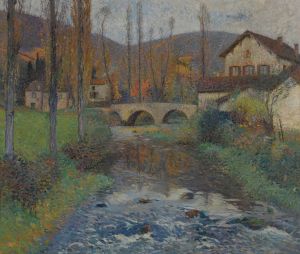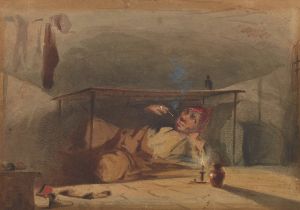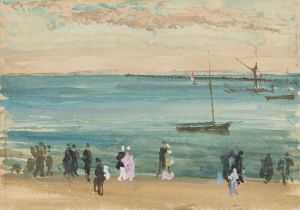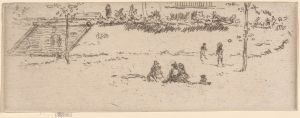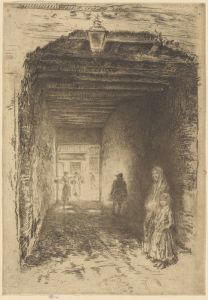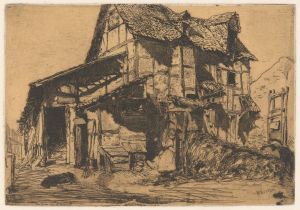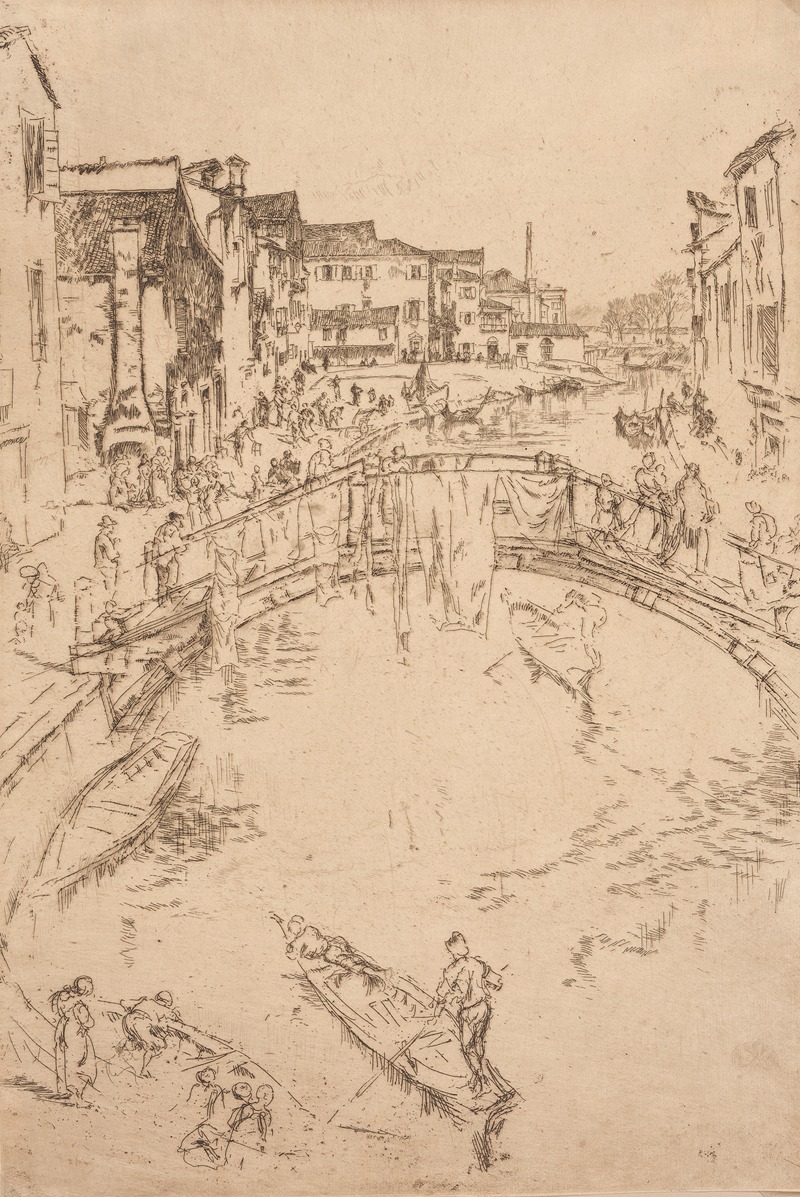
The Bridge
A hand-painted replica of James Abbott McNeill Whistler’s masterpiece The Bridge, meticulously crafted by professional artists to capture the true essence of the original. Each piece is created with museum-quality canvas and rare mineral pigments, carefully painted by experienced artists with delicate brushstrokes and rich, layered colors to perfectly recreate the texture of the original artwork. Unlike machine-printed reproductions, this hand-painted version brings the painting to life, infused with the artist’s emotions and skill in every stroke. Whether for personal collection or home decoration, it instantly elevates the artistic atmosphere of any space.
James Abbott McNeill Whistler was an American artist known for his influence on the art world during the late 19th century. He is often associated with the Aesthetic Movement, which emphasized the visual and sensual qualities of art and design over practical, moral, or narrative considerations. Whistler's work is characterized by a subtle use of color and a focus on mood and atmosphere.
"The Bridge" by James Abbott McNeill Whistler is one of his lesser-known works. Whistler's paintings often reflect his interest in capturing the essence of a scene rather than focusing on detailed representation. His approach to art was heavily influenced by his belief in "art for art's sake," a philosophy that suggests the intrinsic value of art lies in its beauty and emotional power rather than in its ability to convey a specific message or story.
Whistler's style was also influenced by Japanese art, particularly the use of space and composition, which can be seen in many of his works. This influence is part of a broader trend known as Japonisme, which swept through Europe in the late 19th century, affecting many artists and designers.
"The Bridge" likely reflects Whistler's interest in capturing the atmospheric qualities of a scene. While specific details about this painting are scarce, it can be assumed that, like many of Whistler's works, it focuses on the interplay of light and shadow, and the subtle gradations of color that create a mood or feeling. Whistler often used a limited palette to achieve harmony in his compositions, and he was known for his ability to convey a sense of place with minimal detail.
Whistler's works often feature urban scenes, particularly those of London, where he spent much of his career. His depictions of the city are not straightforward representations but rather evocative impressions that capture the mood and character of the place. This approach can be seen in his famous series of "Nocturnes," which depict the Thames River at night, shrouded in mist and mystery.
The artist's innovative approach to composition and his emphasis on mood over detail had a significant impact on the development of modern art. Whistler's work paved the way for later movements such as Impressionism and Symbolism, which also prioritized the emotional and aesthetic experience of art.
While "The Bridge" may not be as widely recognized as some of Whistler's other works, it is likely to embody the same principles that define his artistic legacy. His ability to capture the essence of a scene with economy and grace remains influential, and his work continues to be celebrated for its beauty and subtlety.
In summary, James Abbott McNeill Whistler's "The Bridge" reflects his artistic philosophy and style, characterized by an emphasis on mood, atmosphere, and the aesthetic experience. Though specific details about this painting are limited, it is consistent with Whistler's broader body of work, which has left a lasting impact on the art world.





